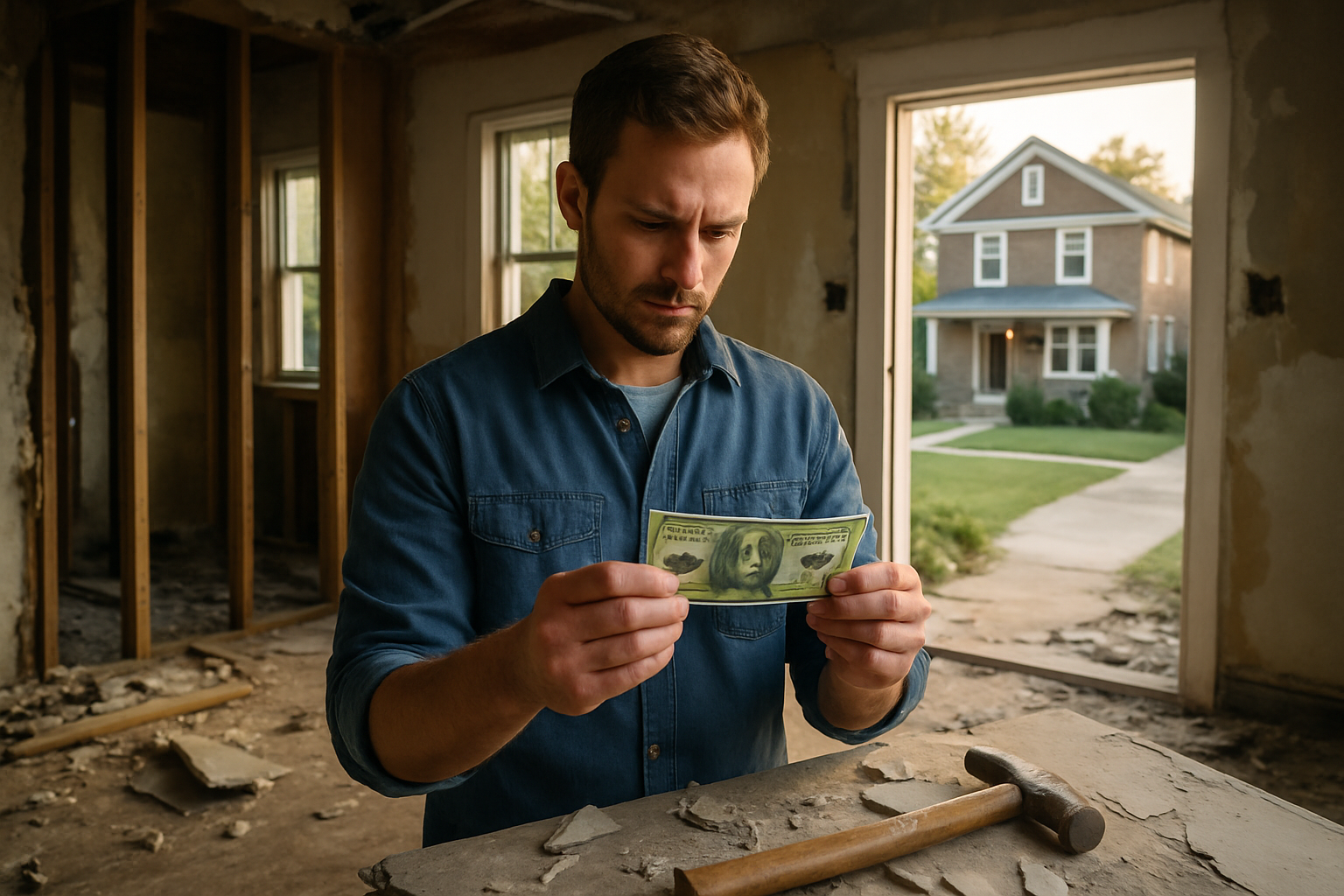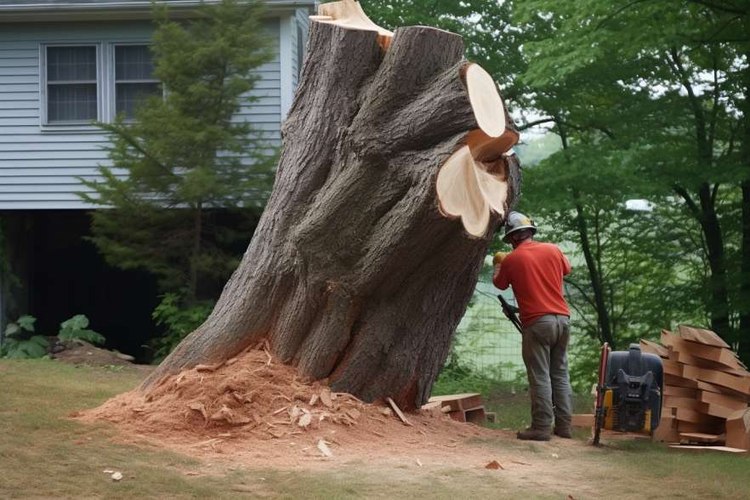Abandoned Houses: Investment and Restoration Guide
Abandoned properties present unique investment opportunities across the UK, offering potential for significant returns when approached strategically. These neglected homes require careful evaluation, proper restoration planning, and understanding of regulatory requirements to transform them into profitable ventures. With property prices continuing to rise, savvy investors are increasingly turning to abandoned houses as alternative investment options that can yield substantial value through thoughtful renovation and development.

How to Identify Promising Abandoned Properties
Strategies for identifying promising abandoned properties and assessing their investment potential begin with thorough market research and location analysis. Start by examining council records, as local authorities often maintain databases of empty properties and those subject to compulsory purchase orders. Drive through target neighbourhoods systematically, looking for signs of abandonment such as overgrown gardens, boarded windows, accumulated mail, and deteriorating exteriors.
Property auction websites and estate agent databases frequently list distressed properties that may have been abandoned or are in urgent need of sale. Contact local estate agents who specialise in problem properties, as they often have insider knowledge of upcoming opportunities. Additionally, networking with local tradespeople, postmen, and community members can provide valuable leads on properties that have been vacant for extended periods.
When assessing potential, consider factors such as location desirability, transport links, local amenities, and future development plans. Properties in areas undergoing regeneration or with good school catchments typically offer better investment prospects despite potentially higher acquisition costs.
Key Renovations That Enhance Property Value
Key renovations and improvements that can enhance the value of neglected homes should focus on structural integrity first, followed by improvements that maximise market appeal. Essential structural work includes addressing damp issues, roof repairs, electrical system upgrades, and plumbing rehabilitation. These foundational improvements, while costly upfront, prevent future problems and ensure the property meets building regulations.
Kitchen and bathroom renovations typically offer the highest return on investment, often recouping 60-80% of costs in added property value. Installing modern, energy-efficient heating systems not only improves comfort but also enhances the property’s Energy Performance Certificate rating, making it more attractive to buyers and tenants.
External improvements such as new windows, doors, and landscaping significantly boost curb appeal and first impressions. Converting unused spaces like lofts or basements can add substantial value, particularly in areas where additional bedrooms or living space commands premium rents or sale prices.
Understanding Local Regulations and Planning Requirements
Insights into local regulations and permits relevant to revitalising abandoned houses vary significantly across different UK councils, making local research essential. Most renovation work on abandoned properties requires building regulation approval, particularly for structural changes, electrical work, and plumbing installations. Planning permission may be necessary for extensions, loft conversions, or changes of use.
Contact your local planning authority early in the process to understand specific requirements and potential restrictions. Some abandoned properties may be located in conservation areas or be listed buildings, which impose additional constraints on renovation approaches and materials used. Empty property grants and council initiatives sometimes provide financial assistance or rate relief for bringing long-term vacant properties back into use.
Building control inspections ensure work meets safety standards and regulatory compliance. Failure to obtain proper permissions can result in enforcement action, fines, and costly remedial work. Consider engaging planning consultants or architects familiar with local regulations to navigate complex requirements efficiently.
Sustainable Restoration Practices
Environmental considerations and sustainable practices for restoring forgotten properties align with growing market demand for eco-friendly homes whilst potentially reducing long-term operating costs. Salvaging original materials where possible, such as period features, hardwood floors, and architectural elements, preserves character whilst reducing waste and material costs.
Installing energy-efficient systems including LED lighting, smart thermostats, and high-performance insulation significantly reduces environmental impact and appeal to environmentally conscious buyers. Solar panels and heat pumps, whilst requiring upfront investment, can substantially reduce running costs and may qualify for government incentives.
Water conservation measures such as rainwater harvesting systems and low-flow fixtures appeal to eco-minded tenants and buyers. Using sustainable building materials like reclaimed timber, recycled insulation, and low-VOC paints improves indoor air quality whilst demonstrating environmental responsibility.
Attracting Buyers Through Transformation Marketing
Ways to attract buyers and investors by highlighting the transformation process and potential benefits require strategic marketing that tells the property’s renovation story. Before-and-after photography documenting the transformation journey creates compelling visual narratives that demonstrate your renovation expertise and the property’s potential.
Social media platforms and property websites allow you to showcase the restoration process through progress updates, time-lapse videos, and detailed case studies. This approach builds anticipation and attracts investors interested in similar projects. Professional property photography highlighting key improvements and unique features maximises online listing impact.
Partnering with local estate agents who understand the investment market ensures your transformed property reaches appropriate buyer demographics. Hosting investor open days or renovation tours can generate interest from other property developers and investors looking for similar opportunities or seeking renovation partners.
Investment Costs and Professional Services
| Service Type | Provider Examples | Typical Cost Range (GBP) |
|---|---|---|
| Property Survey | RICS Qualified Surveyors | £400-£1,500 |
| Structural Work | Local Building Contractors | £15,000-£50,000+ |
| Kitchen Renovation | Howdens, Wren Kitchens | £5,000-£25,000 |
| Bathroom Renovation | Victorian Plumbing, B&Q | £3,000-£15,000 |
| Electrical Work | NICEIC Registered Electricians | £2,000-£8,000 |
| Project Management | Local Construction Managers | £3,000-£10,000 |
Prices, rates, or cost estimates mentioned in this article are based on the latest available information but may change over time. Independent research is advised before making financial decisions.
Abandoned house restoration offers significant investment potential when approached systematically with proper planning, regulatory compliance, and strategic renovation choices. Success depends on thorough property assessment, understanding local regulations, implementing sustainable practices, and effective marketing of the transformation process. While initial investment costs can be substantial, the potential returns from bringing neglected properties back to productive use make abandoned houses an increasingly attractive investment option for property developers and individual investors alike.




